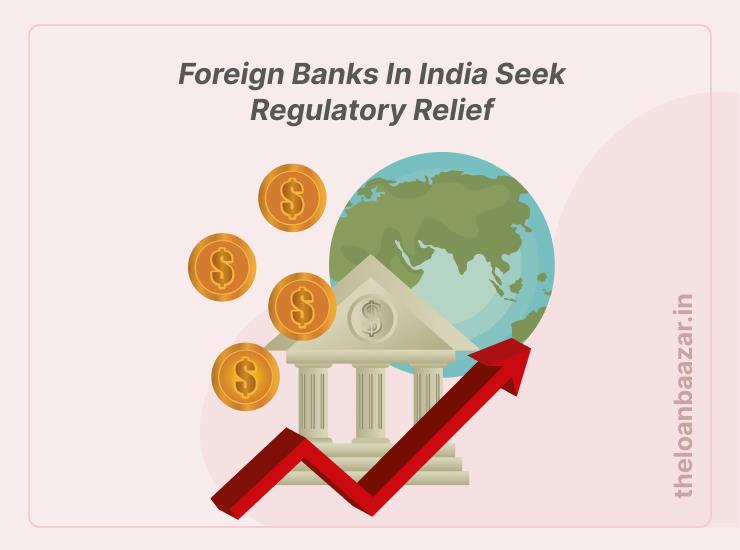The Push for Policy Flexibility
Foreign banks like HSBC, Standard Chartered, and Citibank have formally requested the Reserve Bank of India (RBI) to ease regulatory norms on capital adequacy and lending mandates.
Their main argument centers on two fronts:
Reducing risk weights for exposures to unrated multinational corporations (MNCs).
Relaxing Priority Sector Lending (PSL) obligations, which currently require a certain portion of total lending to be directed toward sectors like agriculture and MSMEs.
Why Are Foreign Banks Asking for Relaxation?
Currently, loans to unrated corporates are treated as high-risk assets, compelling banks to maintain larger capital reserves.
Foreign banks argue that many global corporations have robust international credit ratings or strong parent guarantees, which make these loans safer than perceived.
Easing these rules could:
-
Free up capital for new lending
-
Improve credit flow to global firms operating in India
-
Strengthen India’s position as a global financial hub
Understanding the Risk Weight System
Risk weights are part of the Basel III framework that defines how much capital a bank must hold against loans.
For example, a 100% risk weight means a bank must hold capital equal to the entire value of a loan, while a 50% risk weight halves that requirement.
Foreign banks claim that India’s current system is overly conservative, especially for multinational borrowers that are financially stable globally.
The Priority Sector Lending Challenge
The Priority Sector Lending (PSL) requirement is designed to ensure inclusive financial growth.
However, foreign banks — with limited rural branches — find it challenging to meet PSL targets for sectors like agriculture and micro-enterprises.
They have requested the RBI to:
-
Allow indirect compliance through investments in PSL certificates
-
Permit credit transfer arrangements
-
Reduce the percentage target for foreign banks
The RBI’s Balancing Act
While the RBI supports foreign participation, it must also preserve credit equity and financial stability.
Regulatory easing could attract global investment but must not undermine domestic lending goals.
A possible middle path may include:
-
Differentiated norms for large and small foreign banks
-
Credit risk recognition based on global ratings
-
A gradual roadmap for PSL flexibility
Industry Perspectives
Analysts suggest that regulatory easing could lead to:
-
Higher FDI inflows
-
Improved competitiveness in corporate lending
-
Better capital efficiency across the sector
However, public sector banks may face stiffer competition, potentially affecting their corporate portfolios.
Quote:
“India’s financial ecosystem is maturing — this discussion reflects a balance between growth, safety, and global integration,” says Dr. Arvind Sinha, financial policy researcher.
What Happens Next?
The RBI is currently reviewing these proposals.
Any regulatory shift is expected to align with India’s 2025–26 fiscal framework and Basel IV transition plans.
A phased approach is likely — ensuring macro stability while boosting international investor confidence.
FAQs on Foreign Banks’ Regulatory Relief in India
Q1. Why are foreign banks asking for lower risk weights?
They believe loans to multinational corporations carry lower credit risk and deserve lighter capital requirements.
Q2. What is Priority Sector Lending (PSL)?
It’s an RBI policy requiring banks to lend a certain percentage to sectors vital for inclusive growth — like MSMEs, housing, and agriculture.
Q3. Will easing these rules affect Indian banks?
Possibly. It could intensify competition in corporate lending but may also encourage healthy financial innovation.
Q4. How soon will the RBI decide?
Industry insiders suggest an announcement might come in the next monetary policy review cycle.
Q5. What’s the broader impact?
If approved, this could make India more attractive to global banks and investors, supporting economic growth and cross-border capital flows.
Conclusion: India’s Financial Policy Crossroads
The RBI’s response will determine whether India takes a pro-liberalization step or maintains a stability-first stance.
A balanced decision could help integrate India deeper into global finance — while safeguarding the needs of its local economy.












